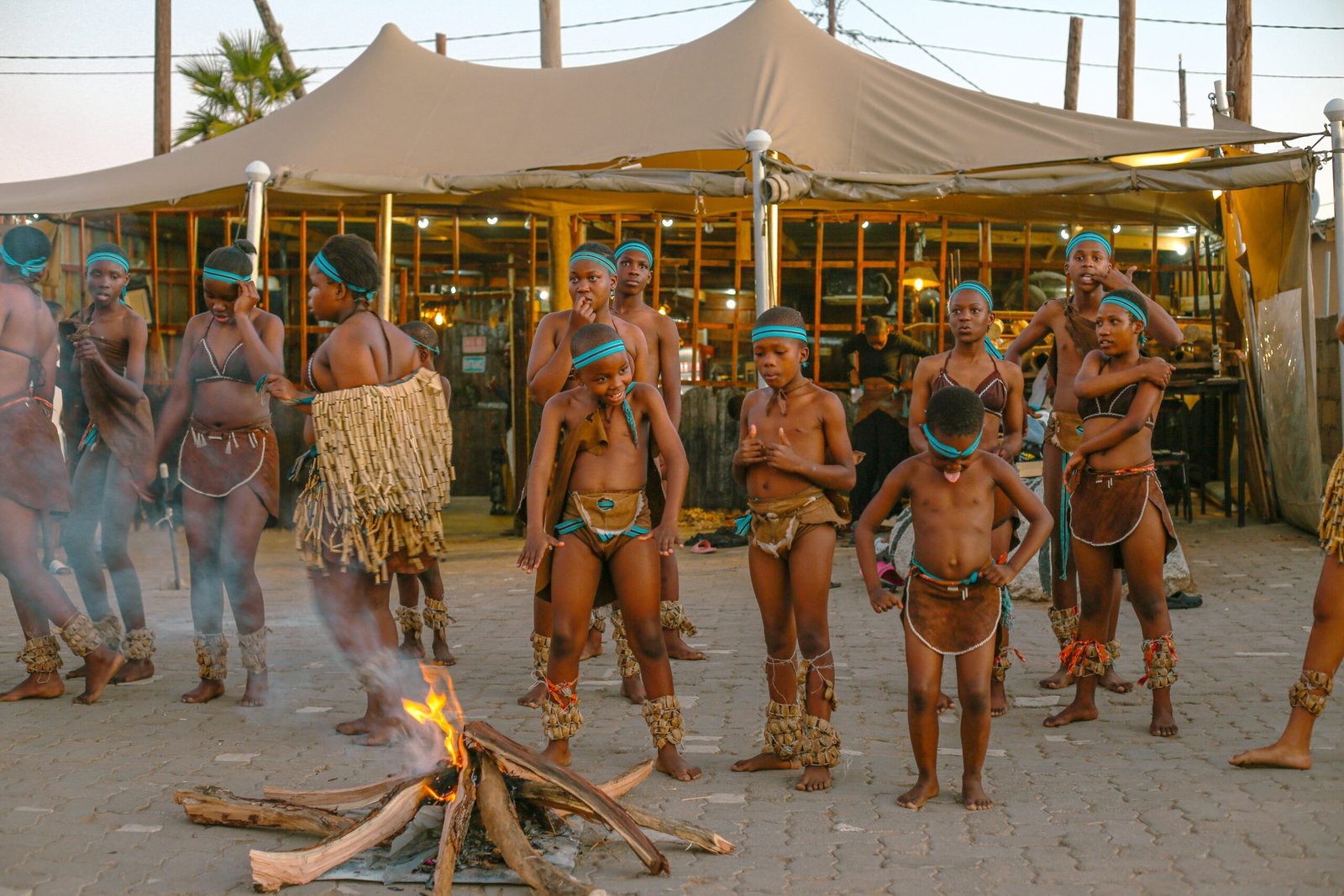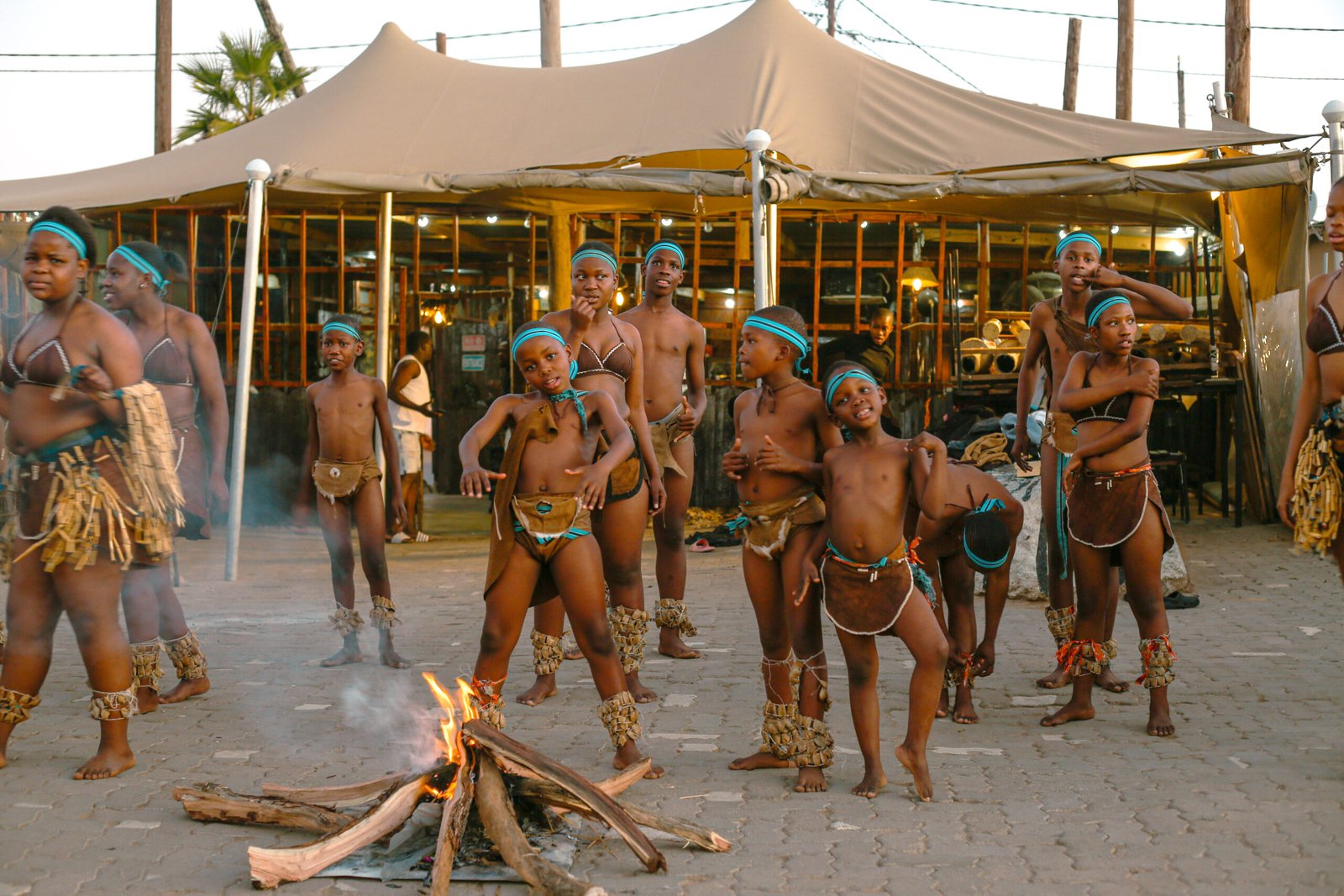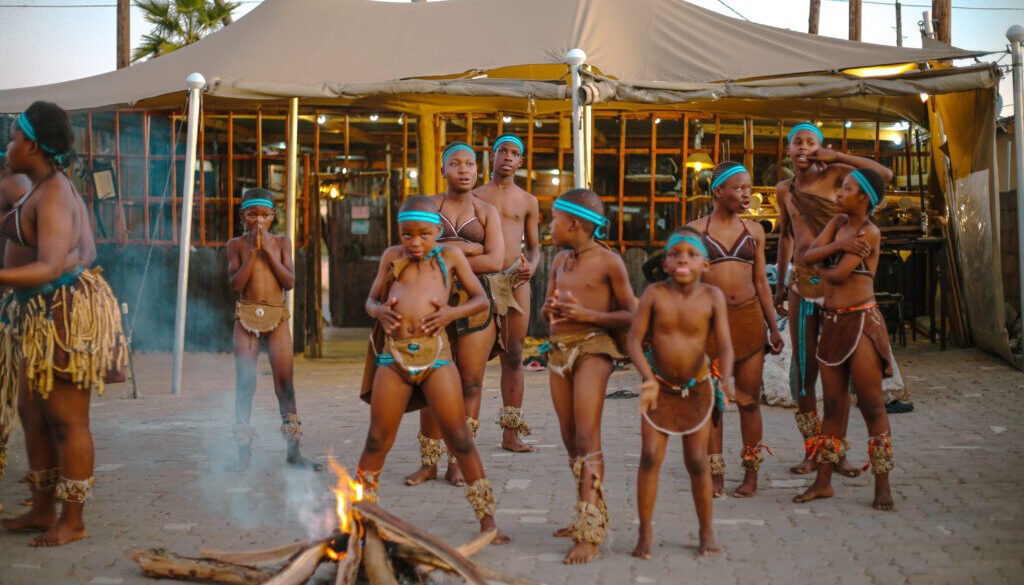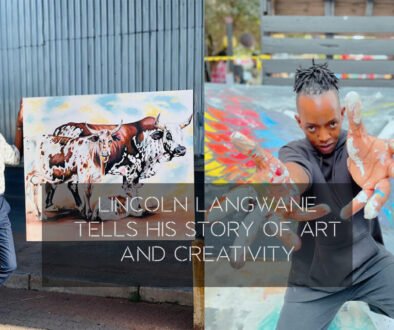Mafitlhakgosi ahead of the pack in cultural showcase

Culture finds heartbeat in Mafitlhakgosi
There is an old neighborhood in Gaborone, Old Naledi, affectionately known as Zola Mdeni, and in its heart, there’s a vibrant pulse that beats to the rhythm of ancient drums and modern melodies. It’s the Mafitlhakgosi traditional group, a name whispered with reverence and shouted with joy, a true titan in the arena of cultural preservation.
This isn’t just a dance troupe; it’s a living, breathing testament to Botswana’s rich heritage, a moving canvas painted with the hues of tradition and the vibrant strokes of contemporary flair. They are, without a shadow of a doubt, a force to be reckoned with, turning every performance into an electrifying spectacle and every stage into their personal kingdom.
It’s been said, and wisely so, by the venerable Sir Seretse Khama, that “A nation without a culture is a lost nation.” These words, as true today as they were then, resonate deeply within the soul of Mafitlhakgosi.
Like steadfast sentinels, they stand shoulder to shoulder with other cultural custodians, dedicating their very being to ensuring that Botswana’s cultural flame never flickers. Culture, after all, is the anchor that moors people to their past, a shared tapestry of values that weaves a sense of belonging, crucial threads in the very fabric of a nation’s well-being and burgeoning spirit.
One particular Wednesday evening, the mundane cloak of a typical weekday was cast aside. A short journey into the winding paths of Zola Mdeni unfurled into an afternoon steeped in cultural exhibition, brimming with pride, laughter, and the irresistible urge to dance.
From a distance, the air throbbed with the hypnotic sounds of African rhythms, a symphony met by a thunderous ovation of clapping hands, all moving in perfect, unison synchronicity. The drums, those venerable instruments of old, added a rich, earthy flavor, completing a showcase that was nothing short of magical.
Bystanders, caught in the spell, wore smiles of pure awe, their spirits lifted to cloud nine by the young boys and girls who had, with an almost uncanny intuition, perfected the delicate art of blending traditional dance with Lekompo, the biggest musical sensation of the moment.
These are no ordinary performers; they are culture enthusiasts, having thrown their hats into the ring, dedicating their lives to the twin passions of entertainment and preservation. With every graceful leap and powerful stomp, they showcase dance in a manner so unique, so inspiring, that it truly is a sight for sore eyes.
Lined up with military precision, their eyes alight with anticipation, the DJ worked his magic from a humble Bluetooth speaker. From it emanated the melodic, soul-stirring voice of Lekompo superstar, the incredible Shandesh. The song of the hour, “Sdutla” or “Slender,” has been making waves, a veritable tidal wave across all radio stations, dominating social media feeds, and even the youngest among us can chant its lyrics, catching you off guard when you least expect it.

The audacious marriage of these two seemingly disparate genres might, at first blush, seem like a riddle wrapped in an enigma to the uninitiated. Yet, for this intrepid troupe, it’s a profound declaration, a way of embracing two cultures that dance on the borders, a living, breathing definition of culture without borders.
The fluid motion of their feet, their bodies glistening, oiled with Vaseline, caught the golden rays of the setting sun. And though a temperamental street light flickered on and off like a mischievous sprite, it only added to the ethereal glow, bathing the scene in a warm, inviting hue.
Even with the street light playing its whimsical game, the environment remained bathed in gold, a perfect complement to the rich, brown leather outfits worn by the young dancers.
They were adorned in Dibaga, Makgabe, and Matlhaka, traditional ornaments crafted from indigenous products, each piece meticulously chosen to elevate their already captivating looks. On their heads, bands woven from small, vibrant beads formed the proud colors of Botswana, a crown of cultural identity.
As the DJ spun the familiar tune, the focused ones, those who lived and breathed the music, were already cheering, singing at the top of their lungs, forming a graceful formation that others eagerly followed.
They knew every lyric, every beat, and at the very front, a young woman, embodying the spirit of Shandesh herself, led the charge. She was the artist, and in that moment, she was afforded the utmost respect, her performance a heartfelt tribute.
After a vigorous session of rehearsals, the party, alas, was officially over. Mafitlhakgosi is not merely a dance group; it’s a nurturing ground for school-going children, and so, with books calling, they needed to wrap up their artistic endeavors.
This group, more than anything, keeps these young minds engaged, away from the allure of the streets, instilling in them an unwavering trust and belief in the arts. It teaches them, with every step and every beat, that their talents are not just for show but can be a true source of livelihood and a means of survival, a truth worth its weight in gold.
It is precisely these kinds of initiatives, these platforms that sprout from the grassroots, that are the lifeblood of talent development. By nurturing these tender shoots, countless social ills are nipped in the bud, and children grow to not only know but deeply appreciate that their unique talents are equally important, valuable, and deserve to shine.



